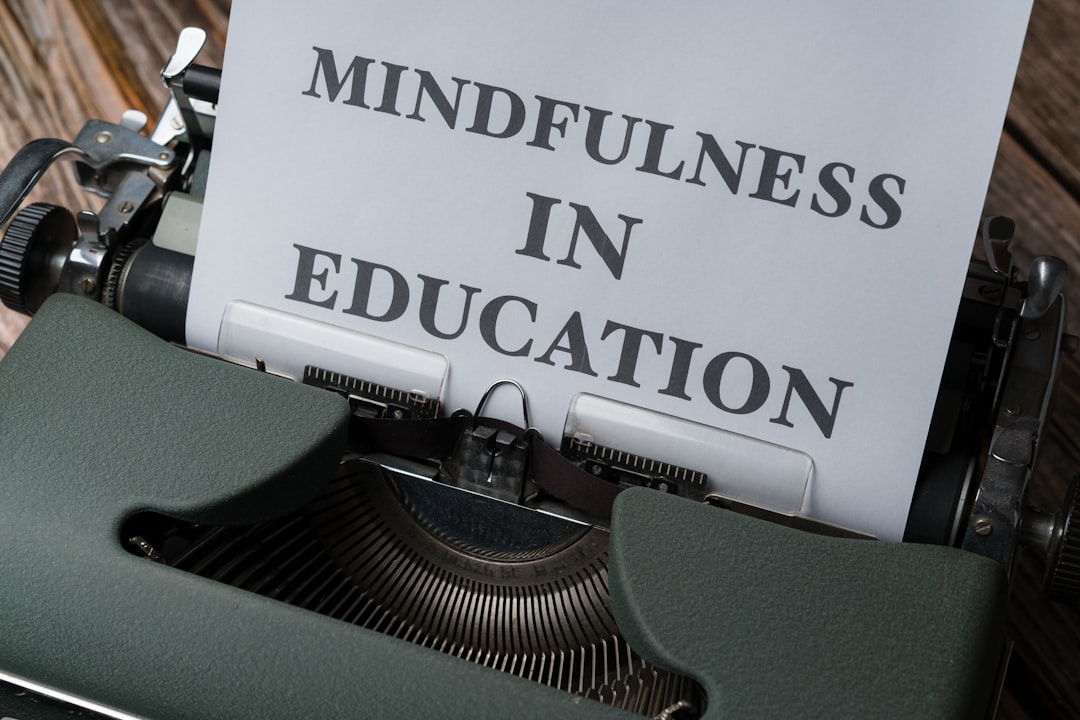
Cultivating Inner Peace Through Mindful Resourcefulness and Support Systems
In today’s fast-paced world, achieving inner peace can often feel like an elusive goal. However, cultivating inner peace through mindful resourcefulness and robust support systems is not only possible but essential for overall health and wellness. This article will explore practical strategies, recent research findings, and common misconceptions regarding inner peace, mindfulness, and the importance of supportive community systems.
Understanding Inner Peace and Mindfulness
Inner peace refers to a state of mental and emotional calmness, often characterized by self-acceptance and a sense of harmony. Mindfulness, on the other hand, is the practice of being present and fully engaged in the moment, without judgment. Research indicates that mindfulness practices can significantly reduce stress, anxiety, and depression, while enhancing emotional regulation and overall well-being (Kabat-Zinn, 2013).
The Role of Mindful Resourcefulness
Mindful resourcefulness involves using your skills and available resources to navigate life’s challenges effectively. This approach emphasizes resilience, creativity, and adaptability. By employing mindful resourcefulness, individuals can find peace even in turbulent times. Here are some strategies to foster this mindset:
-
Identify Your Resources: Take an inventory of your skills, knowledge, and support systems. Knowing what resources you have at your disposal can empower you to tackle challenges head-on.
-
Practice Gratitude: Regularly acknowledging and appreciating your resources fosters a positive mindset. Keeping a gratitude journal can help you reflect on what’s working in your life and promote inner calm.
-
Develop Problem-Solving Skills: Engage in activities that enhance critical thinking and creativity. Whether through puzzles, brainstorming sessions, or collaborative projects with others, sharpening these skills can help you approach problems with a fresh perspective.
-
Embrace Flexibility: Life is unpredictable. Cultivating an adaptable mindset allows you to pivot when faced with obstacles, which can reduce stress and promote a sense of control.
Building Support Systems for Inner Peace
Having a strong support system is crucial for mental well-being. Research demonstrates that social connections can enhance resilience and foster emotional health (Cohen & Wills, 1985). Here are some ways to build and maintain a supportive network:
-
Connect with Others: Reach out to friends, family, or community groups. Sharing your experiences and feelings with others can provide comfort and perspective.
-
Join Support Groups: Consider participating in groups focused on shared experiences or challenges. Support groups can offer validation and practical advice while fostering a sense of belonging.
-
Engage in Community Activities: Get involved in local events, workshops, or volunteer opportunities. Engaging with your community can help you build connections and expand your support network.
-
Seek Professional Help: If you’re struggling to find inner peace, consider talking to a mental health professional. Therapists can provide valuable tools and insights to help you navigate your feelings.
Common Misconceptions About Inner Peace
Many misconceptions surround the concept of inner peace. Here are a few and the truth behind them:
-
Misconception: Inner peace means a lack of emotions.
- Truth: Inner peace allows for the full range of emotions. It’s about managing your emotional responses and finding balance.
-
Misconception: Mindfulness is just about meditation.
- Truth: Mindfulness can be practiced in various ways, including mindful eating, walking, or even engaging in hobbies. It’s about being present in whatever you do.
-
Misconception: You can achieve inner peace overnight.
- Truth: Cultivating inner peace is a gradual process that requires consistent practice and patience.
Practical Strategies to Implement Daily
-
Mindful Breathing: Spend a few minutes each day focusing on your breath. This simple practice can center your thoughts and reduce anxiety.
-
Daily Reflection: Set aside time each evening to reflect on your day. Consider what went well and how you handled challenges. This can help reinforce mindful resourcefulness.
-
Limit Digital Distractions: Create boundaries around technology use to foster deeper connections with yourself and others.
-
Physical Activity: Engage in regular exercise, which is proven to have a positive effect on mental health and can enhance feelings of well-being.
Additional Resources
For further reading on inner peace and mindfulness, consider exploring the following resources:
- Mindfulness-Based Stress Reduction from the University of Massachusetts Medical School
- The Science of Happiness by UC Berkeley on edX
By integrating these practices into your daily routine and leveraging support systems, you can cultivate lasting inner peace. Remember, prioritizing your health and wellness is a journey worth taking. Start today by implementing small changes and nurturing your inner calm.


